On This Day…November 18th.
Recovery of a crashed aircraft in Billington, Huron County, Ontario on 18th November 1943. There are few details of this event, my own thoughts are it’s the remains of an early Siskin of the Royal Canadian Air Force; be very pleased to hear any other theories.
A B-24D Liberator (of the 42nd Bomb Squadron) being loaded with fragmentation bombs at Funafuti, during the battle for the Gilbert Islands, November 18 1943.
Advert for the Navy run on 18th November, 1942...
‘Der Adler’ (the Eagle) was a biweekly Nazi propaganda magazine published by the Scherl Verlag, with the support of the Luftwaffe High Command from 1939 to 1944. From the November 18th 1941 issue...
“The Bolshevist enemy has been overthrown, but the German aircraft armament industry continues to work at high pressure for the last decisive struggle, for final victory. A view of an assembly shed where the famous Junkers Ju 88 bombers are nearing completion”.
F6F-3N Hellcat (319) on board the escort carrier USS Solomons (CVE-67) - Rhode Island November 18, 1944. The weathering patterns on this aircraft are really interesting and not something you see in many model builds.
A wounded American soldier is helped to a helicopter for evac from Ia Drang Valley area, near Plei Me, Vietnam, November 18, 1965.
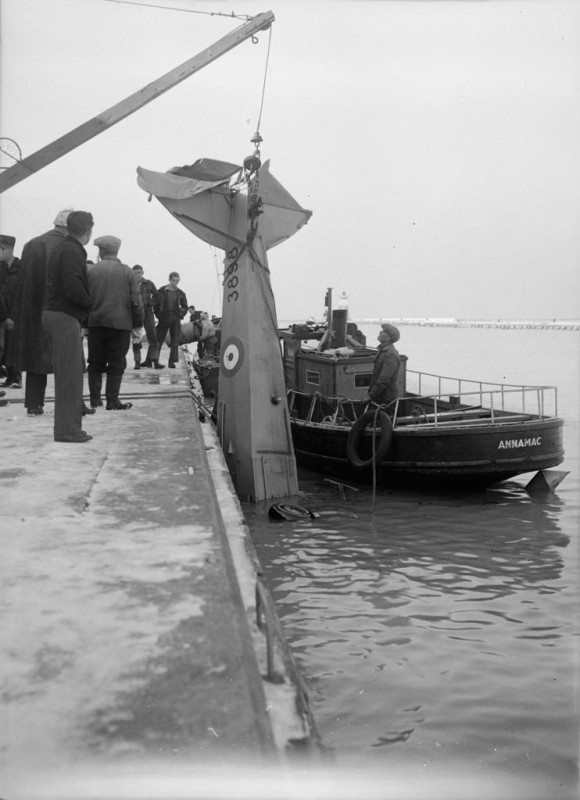
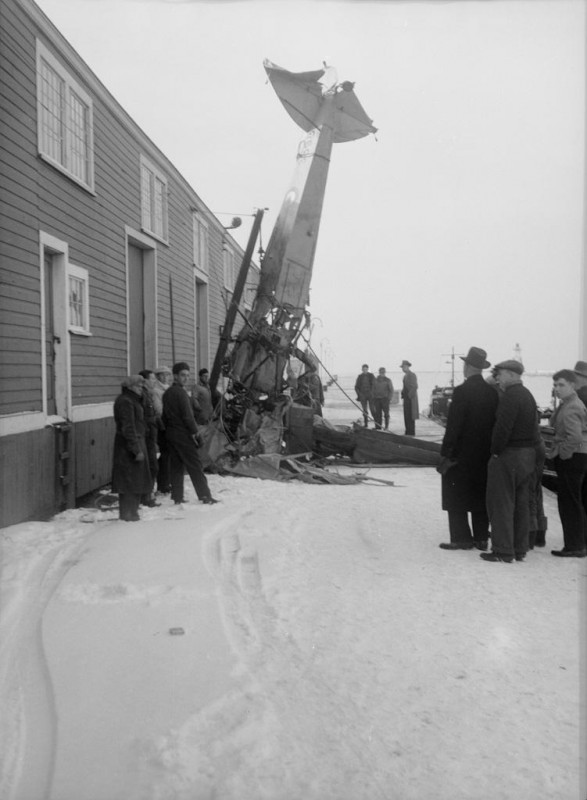
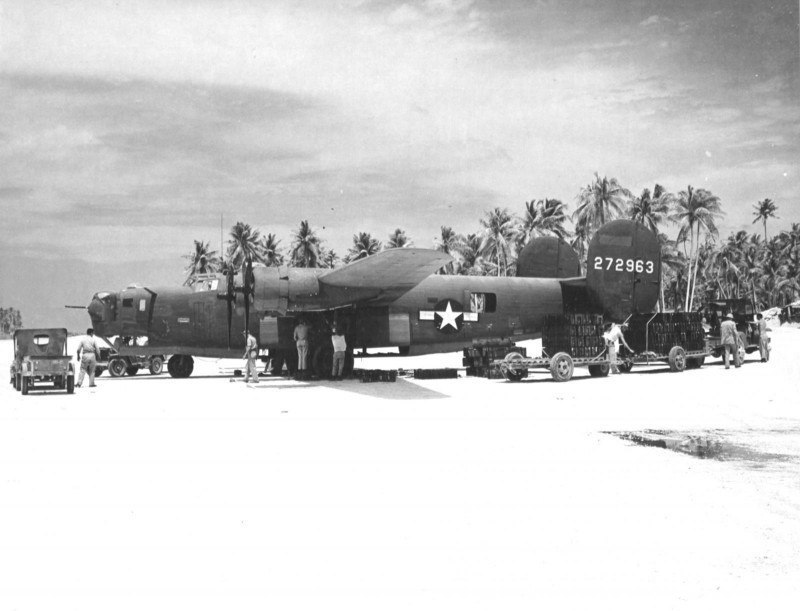
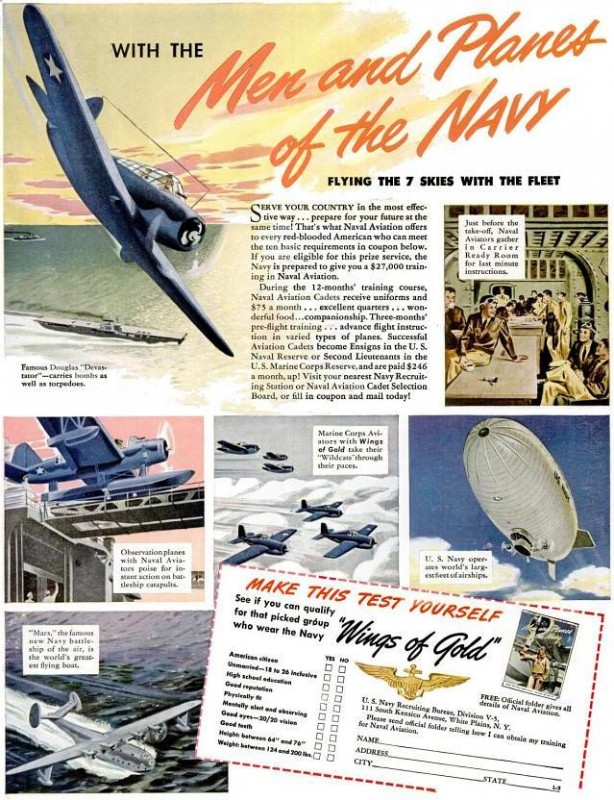
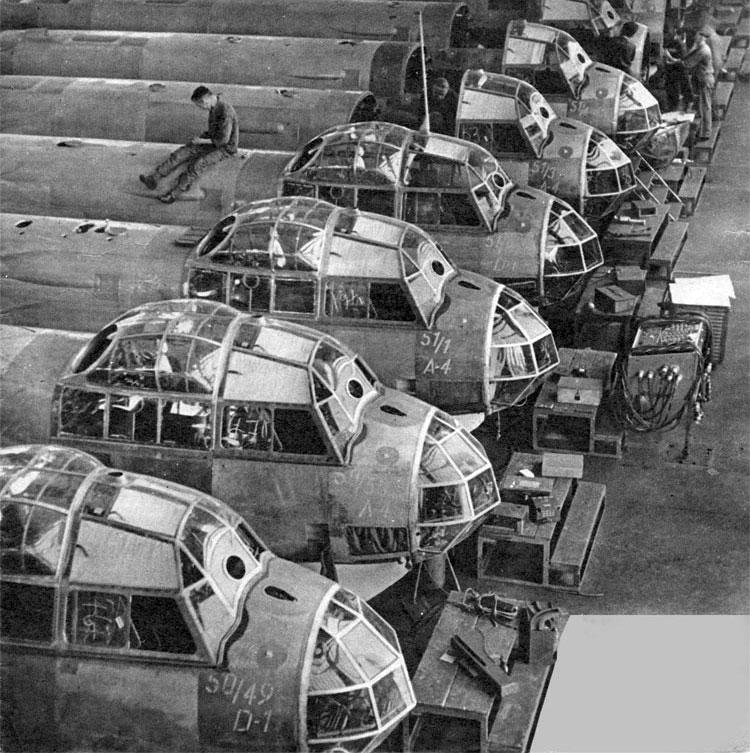
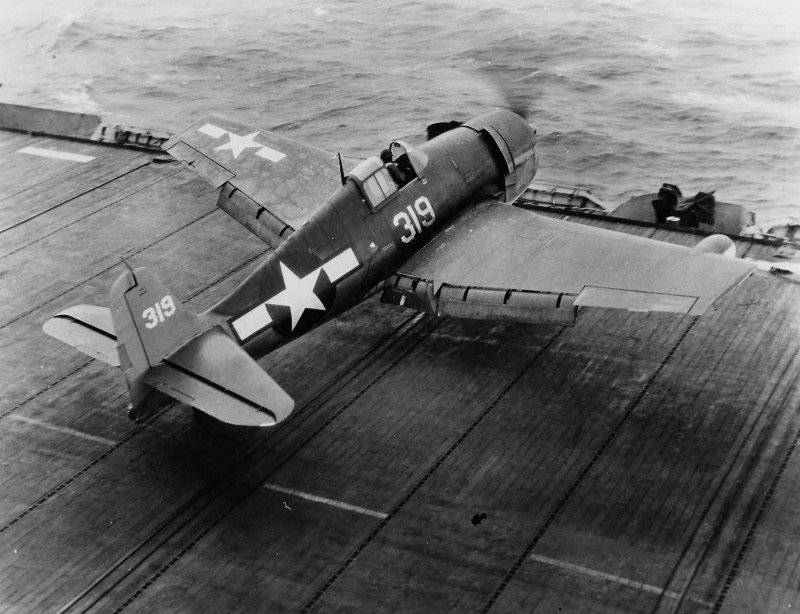
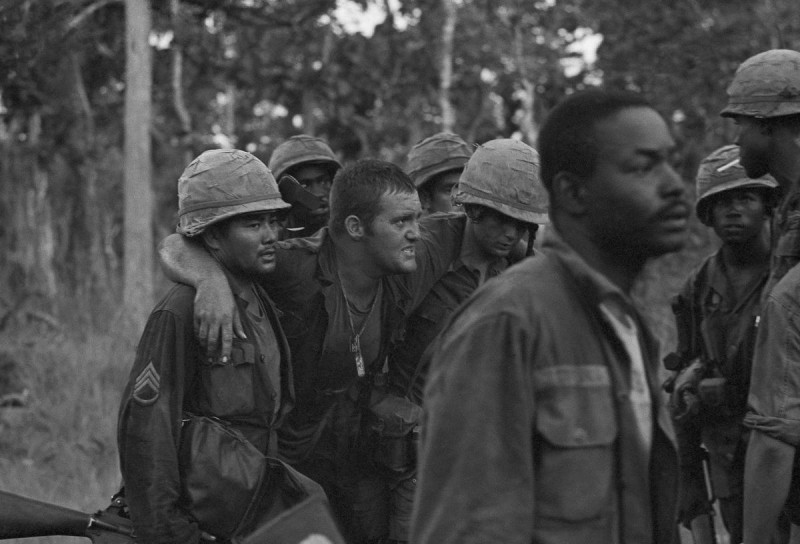

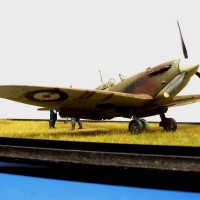

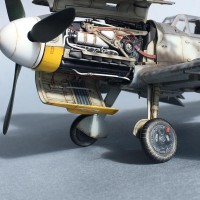
David, that observation made about the hellcat is a good point. To be honest it is hard to understand just what caused those strange marks on the left wing. Perhaps the right wing has them too but the light isn’t reflecting the same way as is the case of the LW. Water markings from rain? Salt eroding the protective coat of paint? Any thoughts?
Hi Pedro. If you look carefully, you’ll see the same parrens on the ailerons and flaps on the starboard wing. There’s also some discolouration on the fuselage. It’s interesting, and I’ve started looking at other high resolution B&W photos of WW2 carrier planes and there’s definitely other examples out there.
My thoughts are mainly around salt damage (air and sea bourne). These planes were washed down after each sortie so it makes sense that there’s a non uniform variation in color and bleached out spots (which I suspect is what we see in the port wing of the cat).
My guess, it's condensation. The deck looks wet to me. If the plane was in the hangar bay and them brought up on the flight deck, the temperature differential could be enough to collect the moisture. No doubt the plane has definitely seen a lot of action and is weathered, but the patterns on the port wing lead me to believe it's condensation. Just my 2 cents.
A very interesting posting. Please keep it up - I'm learning something new everyday!